Kai von Carnap

1 Introduction
Following China’s “securitization of everything,”1 —when more and more issues are deemed national security threats—more and more domains are becoming matters of “national security.” One of the most recent fields subject to this dynamic is knowledge and information. In step with rising geopolitical tensions, China’s leadership is increasingly working to keep certain sensitive domestic information out of foreign hands. Examples are visible in nearly every field, from China’s technology policy to its rule of law (table 1).
Information is the most essential currency in all decisions, whether by businesses or governments. Hence, it is crucial to understand how information from China is becoming more restricted, how this may affect different stakeholders, and how they might mitigate these challenges.
This report focuses on China’s securitization of online information from two angles: the decreasing transparency of China’s government in general and, more specifically, restrictions targeting foreign access. On the one hand, authorities are gradually reducing the amount of information they release to the public—especially affecting domains subject to intensified geopolitical competition like technology policy. Making government action more opaque, the decline in transparency affects Chinese citizens and foreign observers equally. On the other hand, the government is rolling out both regulatory and technical means to block access to potentially sensitive information from abroad. As a result, in the immediate future, stakeholders will have to face global challenges with less information to guide them.
Table 1
2 Government transparency is in decline
2.1 Information is a means to an end, not a right
The management of statistics, numbers and information has been a key facet of governance in China ever since the founding of the People’s Republic. This is reflected in the country’s plethora of quantified cadre assessments (the system of performance evaluations for China’s bureaucrats), occasional massaging of statistics, and omnipresent developmental targets. Xi Jinping’s push towards cyber-sovereignty and security means this practice is now also specifically affecting online information.
China’s Open Government Information (OGI) framework is one major component of the country’s information management. Led by the State Council, it was formalized nationwide in 2008 and governs the disclosure of government information to the public. It requires publication of relatively broad ranges of government information and—where information is not proactively disclosed—allows citizens to request the government to provide non-disclosed information too.5 Repeated directives from the top leadership have solidified the framework over time6, making clear it enjoys significant political capital.
Even though citizens enjoy certain rights to information, authorities principally see these rights as means to an end. As one 2022 OGI directive reads, authorities need to “comprehensively consider the purpose, goal, and subsequent impact of [information] disclosure.”7 Such goals include creating a predictable business environment, increasing the government's legitimacy, and fighting corruption. Beijing simply needs to keep certain information available conveniently to keep the country running.
Yet, the implication is that authorities equally restrict access to information where that suits their interests better. Accordingly, China’s regulations on disclosure of government information are more restrictive than those in most European countries:
- The regulations only apply to administrative organs, not party organs, excluding major organs like the Cyberspace Administration of China.8 They neither cover many other public organs, such as public universities. Party organs fulfil a critical role in China, making this a particularly restrictive omission.
- They notably exclude any information on work processes or internal procedures from disclosure. Authorities must ensure they will “speak with a uniform voice” towards the outside, in the words of another OGI directive.9
- Exemptions from disclosure are generally more vaguely defined, and there is less legal leeway to challenge decisions.
2.2 China’s government is sharing fewer policy documents with the public
Especially since the Covid-19 pandemic, China’s leadership has expressed heightened concern that foreigners are using information left in the open on China’s internet to “smear” the country. Examples include allegations of human rights violations in Xinjiang based on census data published by local governments and controversial theories about a potential Covid-19 lab leak based on (often mistranslated10) information from the Chinese internet. The increasing popularity of open-source intelligence is seen as a risk that needs to be controlled.
These concerns contrast with trends just a few years back when China’s government was improving transparency. Weeks after becoming the country’s top leader, President Xi Jinping stipulated a transparent government was the key to fighting corruption.11 Soon thereafter, he popularized the slogan “disclosure as the norm, nondisclosure as the exception.”12 This had an immediate positive impact on transparency. During Xi’s first full year in power, the average delay between issuing a State Council policy document and publishing it online dropped from over two years to only 91 days. Similarly, the National Bureau of Statistics increased the number of statistical indicators—indicators like population data, economic statistics—by 673% in the immediate years after Xi’s ascension to power.13
In recent years, policy documents related to Open Government Information show a shift in priorities. In 2022, OGI work plans emphasized improving the OGI confidentiality review system, strictly conducting confidentiality reviews itself, and preventing leaks not just of state secrets but also other “sensitive information.” In 2023 the new Work Regulations for the State Council removed all references to “transparency” and to “disclosure being the norm,” among others. It instead replaced these with more restrictive calls to “disclose government information according to law, timely, and accurately.”14 Indeed, exhibit 1 shows how a selection of key terms related to security are on the rise in policy documents on OGI, while key terms related to transparency are in decline.
Exhibit 1
Closely following these trends, actual policy transparency improved until 2015, especially during Xi Jinping’s first presidential years. After its peak in 2015, however, publication of top-level documents by China’s State Council15 decreased from 88 to 68 percent in 2022 (exhibit 2). Variation between individual years occurs as political cycles affect policy-making processes, such as with Xi’s ascension in 2013, but the steady downward trend suggests that the decrease in transparency is systematic.
Exhibit 2
Such patterns are not exclusive to the State Council either. Although differences between individual provinces are significant,16 policy transparency rates in four out of six surveyed provinces17 show a downward trend (exhibit 3). As with the figures from China’s top government organ, these peak in the years between 2013-2018 and decline especially after 2019. This is slightly later than for the State Council and could be due to delayed policy diffusion towards lower levels. The fifth (Shanghai) shows no clear pattern due to outliers in the data, and the sixth (Yunnan) is a more remote province—suggesting it might be an outlier because the OGI reforms were implemented relatively late.
Exhibit 3
2.3 Areas of geopolitical competition are increasingly veiled in secrecy
Transparency of policy documents follows a relatively straightforward pattern: matters that directly affect citizens’ livelihoods or companies’ day-to-day operations are relatively transparent, while internal processes remain veiled in secrecy.
These principles are enshrined in the OGI regulations and implemented accordingly. Laws and regulations, matters that citizens and businesses need to know about in order to comply, are relatively transparent. Less transparent are documents related to internal work processes, as China’s OGI regulations formally exempt these from publication. More ambiguous is the position of normative documents, plans, or notices. These are policy types that give observers important insights into developments in China but are not critical to compliance or people’s livelihood (exhibit 4).
Exhibit 4
Fields like innovation, technology, and finance fall in neither category, which means their disclosure is more subject to political interests at that time.18 Indeed, recent changes are especially visible in areas subject to geopolitical competition like science and innovation. Because such domains are not directly relevant to citizens’ lives nor the daily operation of the economy, authorities are under less pressure to put everything into the open. The decision of China’s Ministry of Science and Technology to keep secret the 14th Five-Year Plan on Science and Innovation, originally due to be published in 2022, is the signature illustration of this but not the only. Exhibit 5 below shows how disclosure of documents on science and innovation gradually started to decline after 2017—perhaps not incidentally the year the US-China trade war started.
Exhibit 5
2.4 Policy documents regularly disappear retroactively
Nondisclosure of policy is one facet of declining transparency; another is that important documents can disappear after their initial publication. A recent example was the fate of China’s Foreign Minister Qin Gang, whose entire existence was erased from the Foreign Ministry’s website after he was mysteriously removed from his post in July 2023.19
Typically, information published by China’s authorities can disappear for one of the following reasons:
- A website is updated, and the information is not migrated to the new infrastructure. This is a worldwide concern and is the leading reason behind most disappearing information, also in China.
- China’s authorities determine certain information is no longer relevant or up to date, such as expired five-year plans, and take it down. Indeed, work directives by China’s leadership emphasize that old information should be “cleaned-up” properly.
- After publication, authorities realize the message has either backfired or contradicts official narratives in other domains and censor the message.
Exhibit 6 shows that only 78 percent of links to policy documents were still available within two years of publication. The majority of these relate to inaccessible websites20 or website updates. It is possible some of these remain available elsewhere, but this is not the case in all instances. A smaller but still significant portion (2%) is due to websites actively removing documents from their portals.21 For this group, the portal still worked as before but the specific document was gone.
Exhibit 6
2.5 Other areas of government affairs also see declining transparency
Finally, other fields of governance are also witnessing a decline in transparency, spanning domains ranging from court records to statistics and census data.
2.5.1 Court records
Starting from 2021, the Supreme People's Court has been reducing the number of cases it releases on Court Judgements Online (CJO), the official database for judicial rulings. While the Supreme People’s Procuratorate prosecuted 12 percent more cases from 2017 to 2022,22 the publication of court cases decreased by 63 percent between 2020 and 2022 (exhibit 7). A central reason is that such court reforms do not just serve transparency but equally facilitate standardization of judicial behavior and top-down supervision.23 This means courts can restrict disclosure where it does not align with political objectives.
Exhibit 7
Publication rates had always been spotty—in 2017, the year with most recent estimates, about 52 percent of cases were published online—and varied significantly geographically and hierarchically.24 Higher-ranking courts or courts from China’s wealthier eastern regions exhibit greater transparency than their lower-ranking counterparts and those from China’s west. There were also major differences between case types.25 The dynamics at play for non-disclosure are manifold:26
- Politically sensitive cases are less likely to be released to the public. Cases involving politically well-connected parties are frequently missing from online databases, and there are suggestions that cases that may involve collective protests are missing too. Administrative cases can be especially sensitive as they may involve complex bargaining against the state, such as regarding land use and ownership.
- Courts are concerned about the societal impact of disclosed criminal cases. Judges have expressed concerns that verdicts on topics like corruption could be used as potential blueprints for committing crimes. Therefore, many such cases have been removed. Furthermore, many verdicts that present an unflattering view of China’s society, especially those involving the death penalty, have also been removed.
- Privacy regulations have led to a decline in published civil cases. Civil cases are the most common court cases and publication increased yearly until 2020. However, newly uploaded cases decreased by eight percent in 2021 and nearly 40 percent in 2022. Privacy regulations are one major reason for nondisclosure: Cases involving family matters, like divorce cases, are typically not permitted to be published, and mediated cases are also exempt from disclosure requirements. Nevertheless, such requirements had been established as early as 2016, suggesting that they may not be the primary reason for the recent decrease.
2.5.2 Statistics and census data
Statistics see similar patterns as with the CJO database. The first years under Xi Jinping saw remarkable improvements in transparency, with China's National Bureau of Statistics publishing over tenfold more indicators than pre-Xi. However, this pattern has gradually started to decrease since 2020, with a 3.2 percent decrease between 2020 and 2022 (exhibit 8). In addition, international news outlets have suggested that even fewer of these indicators have been shared with international data service providers like CEIC.27
Exhibit 8
Population data from Xinjiang serves as the most prominent example of disappearing statistics. After foreign researchers used census data as potential proof of potential human rights violations in the region, local authorities scrambled to take down the information. Notably, at least three local governments—Hotan, Hami, and Tacheng—have removed reports containing the population data, only to later re-upload the reports with omission of the sensitive sections.
Similarly, after data on youth unemployment revealed a record high in August 2023, the National Bureau of Statistics abruptly suspended its regular release.28 There were genuine and severe problems with the way this statistic was measured that could justify its suspension. Nevertheless, the timing of this decision—amid record-high youth unemployment rates—and the fact that no concrete timeline to update the statistic was announced indicate that political motives were at play here, too.
Taken together, the evidence presented in this section should be seen as tweaks to the existing framework for information disclosure, not a fundamental break with it. Despite the added pressure to keep sensitive information out of the wrong hands, policy documents continue to emphasize strengthening information disclosure in matters directly related to the daily functioning of the economy and citizens’ lives.29 Moreover, a fully closed China would harm the image of a responsible global stakeholder Xi is trying to convey. Still, the next years are likely to see information from China’s government becoming more tightly curated.
3 Restricting access from abroad
Next to the decline in government transparency, a second emerging trend involves diverse methods to restrict, limit, or divert foreign access to online resources. A surprisingly large number of popular websites and apps are either fully unavailable or altered for international use. China’s censorship apparatus—perhaps the most sophisticated in the world—no longer focuses only on domestic issues but also filters and curates what can be seen from abroad.
3.1 Reversing the great firewall to keep information out of foreign hands
Restrictions on foreign access to online resources and platforms are not defined in a directive or law. Rather, access restrictions can be best understood through the policy slogan of the “Ten Principles of Internet Governance” (十个坚持).30 These ideological and strategic principles explain old and inform new policies concerning the internet. Some of these principles directly or indirectly securitize online resources, as they restrict what can be accessed from abroad and what can be transferred in and out of China’s internet.
- Principle 6 – Form an online national security barrier (国家网络安全屏障): Cross-border data transfers are increasingly restricted or need to go through lengthy review processes as part of China’s efforts to improve internet-related defense and deterrence capabilities.31 In 2021, the Data Security Law32 and the Cybersecurity Review Measures33 were published to clarify that internet service providers (with over 1 million users) would undergo risk-assessments if “listing, critical information infrastructure, core data, important data, or large amounts of personal information are affected, controlled, or maliciously used by foreign governments.” The barrier divides the internet into “two environments,” a domestic and an international hemisphere.
- Principle 3 – Follow the path of “internet governance with Chinese characteristics”: Historically on a very short leash, the government holds online service providers responsible and accountable for any content on their platforms, including user comments and AI-generated content.34 As per implementation guidelines of a “civilized cyberspace” by the State Council from 2021,35 China’s image should be positive, or at least not negative. Consequently, many companies have ramped up self-censorship efforts and need to reconsider the consequences of providing access to foreign users altogether.36
- Principle 1 – The CCP maintains central control over internet infrastructure: Information flows can be easily monitored and allow platform-agnostic censorship. Since the Central Committee holds undisputed control over China's informatization development, internet connections between China and the rest of the world are built to be manageable, rather than efficient. This is facilitated by purely state-owned internet service providers and comparatively limited internet gateways.
Underlying this is a structural and political understanding of the internet that should support, or at least not tarnish, the government’s sovereign interests and protect them. The need to protect national security interests, prevent “undesired” information, and control online spaces have led to various restrictions targeting foreign users.
Following these principles, China’s internet bodies developed further technical and regulatory means to control and limit information access from abroad. This has led to the disappearance of selected online resources, insurmountable registration requirements for social media platforms or technical access restrictions to websites. Table 2 displays an overview of technical and regulatory means that either restrict access from abroad or lead to a specifically “curated” version of information for foreign users.
Table 2
Below, two case studies will shed light on one regulatory restriction and one technical access restriction, respectively, that China’s internet actors have noticeably made more use of. The first case study reveals not only that many apps aren’t available outside of China, but that on some platforms, registration requirements have led to effective access barriers for foreign users (section 3.3). The second case study focuses on a form of technical access restrictions: geo-blocking.
3.2 Case Study I: How regulation excludes users from China's internet
Real-name registration requirements for online platforms were first enacted in 2012. According to the regulation, all users should be made identifiable across platforms by linking logins to individual phone numbers. This was inconsequential for foreign users until 2021, when the Cyber Administration of China ramped up enforcement. On some platforms, registration requirements have led to effective access barriers for foreign users.
Account creation across platforms follows standardized registration windows and processes. Generally, registration barriers on all Chinese apps can be categorized into three levels of difficulty.
Even on the least obstructing level, a phone number registration is required to receive verification codes. On this level, restrictions to global access can occur when a platform only allows verification for a selected number of countries, as is the case for social media platform Weibo. Some, like company information datbase Qichacha, even only allow Chinese phone numbers. This essentially blocks all foreign users from accessing the service. On the second level, such as streaming platform iQiyi or MangoTV, e-mail verification is offered, but any email address is rejected as invalid, forcing users to resort back to phone number registration.
However, additional stages request mail, face scan and ID verification along the way of which new sign-ups are often arbitrarily rejected, as discussed in various online fora. On the last level, platforms such as Wechat also require new users to name existing users on the platform to verify their new registration. For new users with no existing contacts on Wechat this practice has proven insurmountable without the help of paid third-party providers.
Table 3
In addition, many Chinese apps are unavailable abroad altogether. The limited availability in certain countries further exacerbates the scarcity of information access from abroad. Of China’s 58 apps with more than 100 million monthly active users,37 only 17 (29%) are available from Germany on both Apple’s App Store and Google’s Play Store—a surprisingly low number for an aspiring “cyber great power.” The remainder are either available only on one app store, are offered in an alternative version outside of China, are generally not available outside of China or specifically not in Germany on the given app store.
Next to registration barriers, taking apps out of regional app store portfolios can offer an even more effective means to prevent information access from certain countries. Yet, the reasons for unavailability vary and are not, in all cases, geopolitical. Video-streaming platform Bilibili, for example, discontinued its services in some global regions due to copyright issues. However, the Chinese browser app UC had to be taken down by app stores after data security and privacy misuse issues came to light.38
On Apple’s App Store, 15 apps are available outside of China, but not in Germany. Eight are not available on Apple devices at all, such as Huawei’s browser and other app stores, and five apps have alternative versions (download files) in Apple App Stores abroad, such as the mobile game Honor of Kings (王者荣耀) and streaming app iQiyi.
Because of China’s Google ban, many apps are not developed for the Google Play Store. In many cases alternative download files for Android exist, but involve Chinese app marketplaces or require users to bypass the security systems of app stores altogether. Thus, these figures are less indicative than for Apple’s App Store.
Table 4
3.3 Case Study 2: Technical means to block foreign access are improving
Geo-blocking is a key technical means to restrict access. Some commercial websites have suspended foreign access (QiChaCha, Tianyancha). But government websites geo-block disproportionately more, with considerable provincial differences.
A significant number of Chinese websites are unavailable from abroad, with reasons ranging from technical issues to outright geo-blocking of foreign users. On average, only 74 percent of links to 517 government websites were available from our test locations (exhibit 9), compared to 90.7 percent of commercial websites. Unavailability was worse especially in regions either more remote from China (USA, the Netherlands) or with worse internet infrastructure (Thailand).
Exhibit 9
Websites were unavailable due to a combination of technical issues, network design choices, and conscious geo-blocking:
- Geo-blocking (3% for government websites, 2.2% for commercial websites). Websites can restrict users from specific geographic areas from viewing their content. Commercial websites typically geo-block for intellectual property reasons, whereas government websites do so for political reasons. Anhui province was responsible for the most geo-blocked government websites (exhibit 10), yet most provinces did not conduct any geo-blocking.
- Faulty websites or servers (10% for government websites, 0.5% for commercial websites). Especially many government websites returned server errors or were down at the time of testing, both in China and for foreign users. In some cases, this may have been due to maintenance work on the servers. However, this figure did not change significantly when we re-ran the tests a week later (10.4% vs 10.0%).
- Other technical issues and bottlenecks (13% for government websites, 6.5% for commercial websites). China routs all cross-border traffic through only a few internet chokepoints—a political design choice that keeps the domestic internet flowing smoothly while maintaining control of international connections.39 This caused two specific issues during our tests. First, a significant number of routers were incorrectly configured for IPv4 addresses, causing many website requests to get stuck once the request had passed into China’s borders. Second, even IPv6 requests timed out regularly due to a suspected middlebox issue at one of these chokepoints. Both issues specifically affected foreign users; access from within China remained normal.
Exhibit 10
Despite these technical barriers, it appears that authorities still prefer to curate the availability of information itself over the imposition of large-scale, outward-oriented barriers. This is reflected in the limited presence of geo-blocking and the lack of coordinated efforts regarding barriers. Moreover, the access limitations here primarily affect smaller, local government websites where information infrastructure is more limited, not the largest state-affiliated websites.
4 Conclusion: Restrictions lead to a more curated information space
Online information from China is disappearing, though with differing impact depending on sensitivity and strategic value. In fields like science and technology policy, human rights, and other sensitive domains, access to information is demonstrably regressing. In fields more closely related to most Chinese citizens’ daily lives, transparency remains high. Similarly, while a few crucial databases and sources are restricting foreign access with increasingly effective means, many popular websites and information services remain available with limited constraints. Still, many data access challenges are linked to less overtly geopolitical motives, such as personal information protection or website updates.
This shows that China’s authorities are more aggressively curtailing information potentially related to an ever-expanding notion of national security but strive to keep everything else relatively open. The party still sees transparency as an important tool to enable a functioning economy, improve its legitimacy, and fight corruption. And to the outside world, a fully closed-off Chinese internet would harm the image of “responsible power” it is trying to convey and openly contradict the narrative of a “shared destiny for the future of mankind in cyberspace.”
Authorities are also keenly aware that they cannot just remove information; they must fill the void with new information and knowledge. This is the push to “tell China’s story well,” in the words of Xi Jinping. Hence, reducing access to certain information and then filling the void with pro-China narratives are two sides of the same coin.
The implication for stakeholders is that there needs to be an even bigger premium on interpretative skills of the remaining information. Observers cannot understand any piece of information in isolation; they must have a very keen awareness of the context in which it is produced and made available as well as what is missing. This has realistically always been the case but is becoming even more crucial now.
With less access to reliable sources of information, risks to global stakeholders will inevitably increase. Some large companies might be able to overcome specific restrictions on foreign access, such as through Chinese partners or subsidiaries, but there are few workarounds if information is never shared with the public in the first place. Moreover, China’s amended Anti-Espionage Law appears to target entities finding creative workarounds, which might present unacceptable risks especially in the fields like due diligence research.
Global discussions of China will increasingly coalesce around a narrowing set of source materials. One likely consequence is an amplification of extreme viewpoints, especially the beliefs that China is about to collapse and take over the world at the same time.40 The government will show observers the big plans but not the (often messy) implementation, while protests will continue to make headlines abroad but the mixed perceptions that many citizens have of the state may remain veiled. With fewer sources at our disposal, finding a middle ground will become increasingly difficult.
Considering this is an issue very closely linked to Xi Jinping’s notion of national security, it is likely that global stakeholders have little influence in pushing back against it. Representatives of the business community may have a chance of obtaining information by appealing to the need for a predictable business environment amid China’s weakening economic growth, but results would be limited to very specific domains. Amid a downward cycle of worsening relations between China and the US and Europe it seems likely that disappearing sources will continue and may even accelerate. Stakeholders should map out crucial information bottlenecks and understand their vulnerabilities and dependencies on Chinese online information sources.
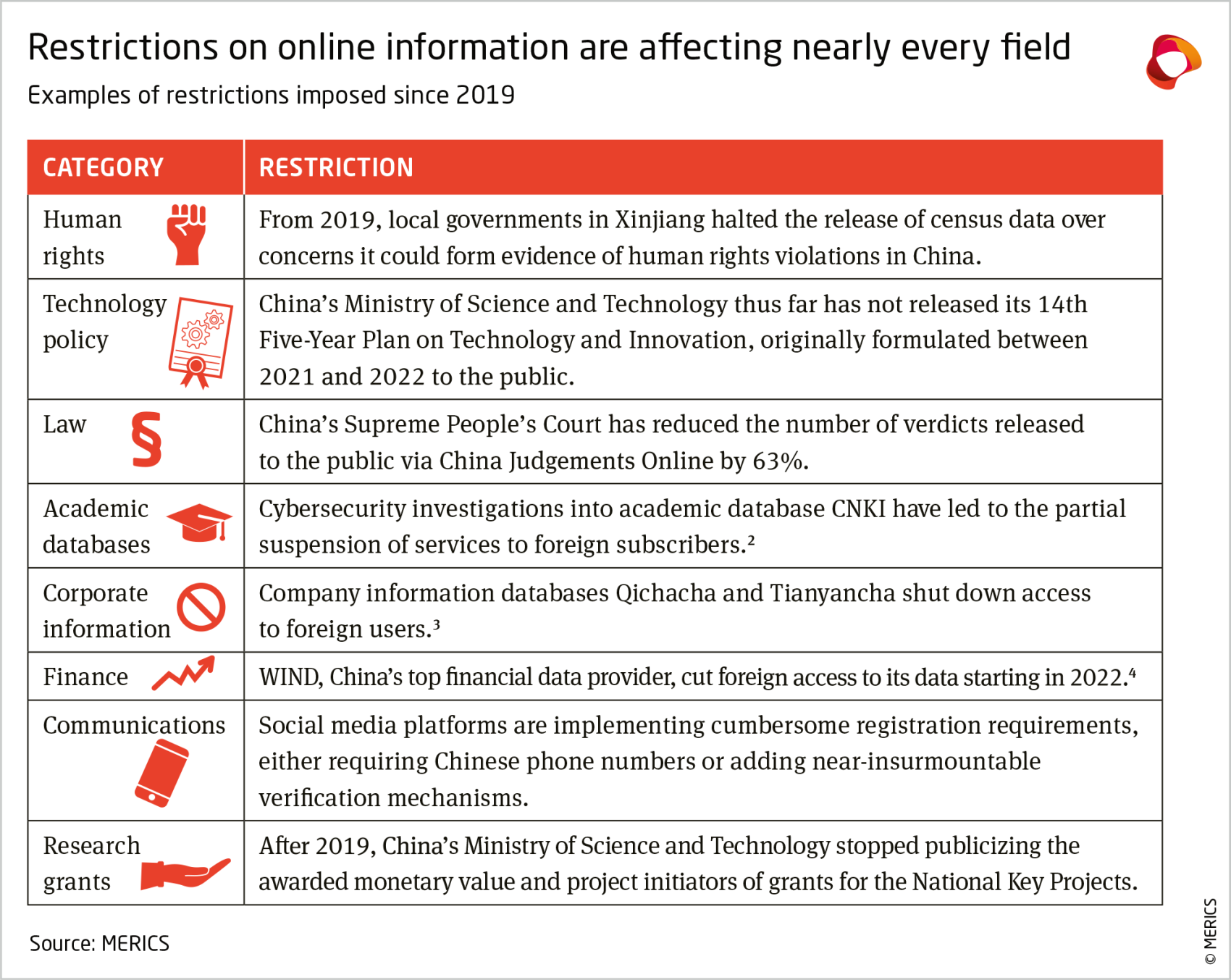
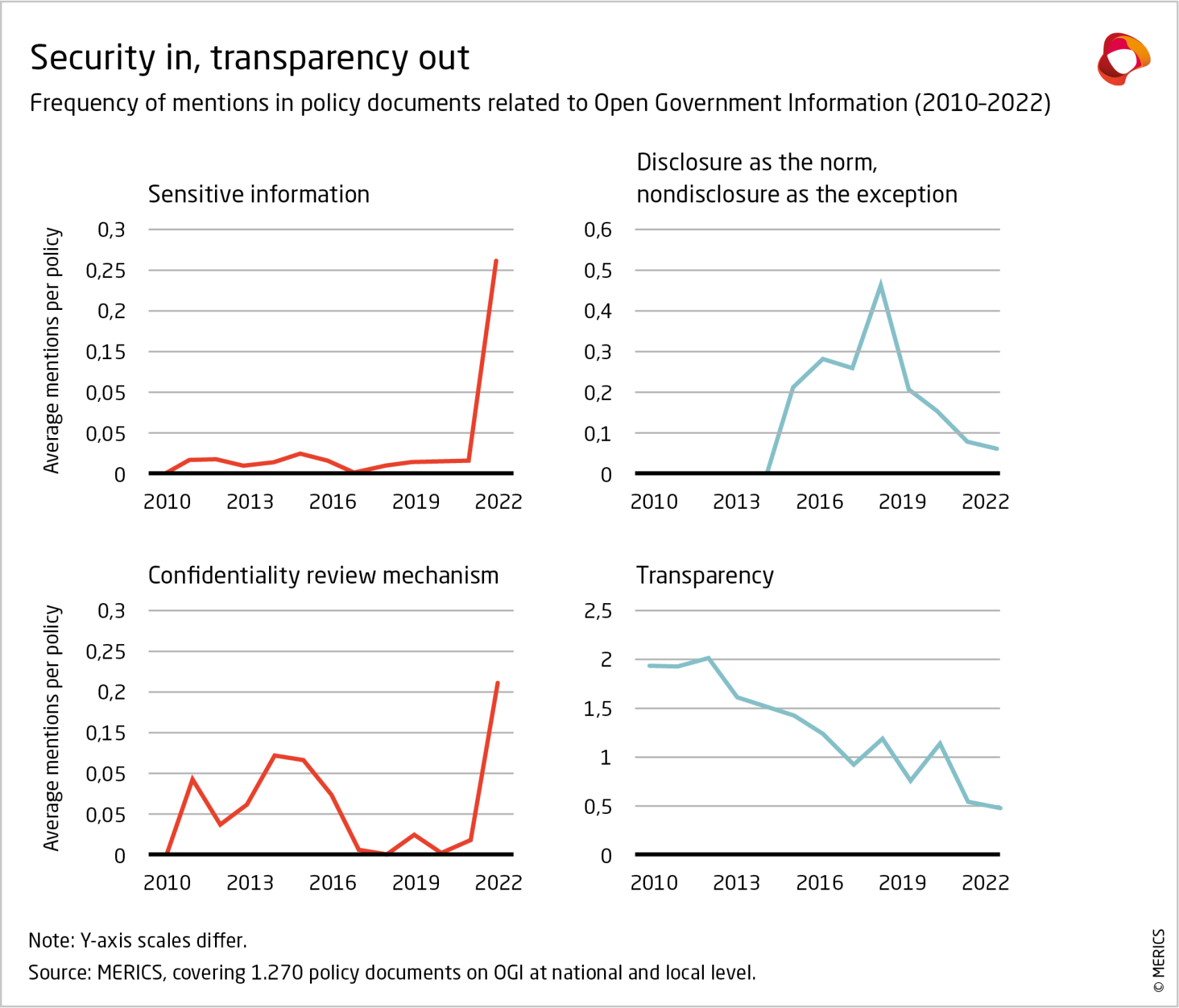
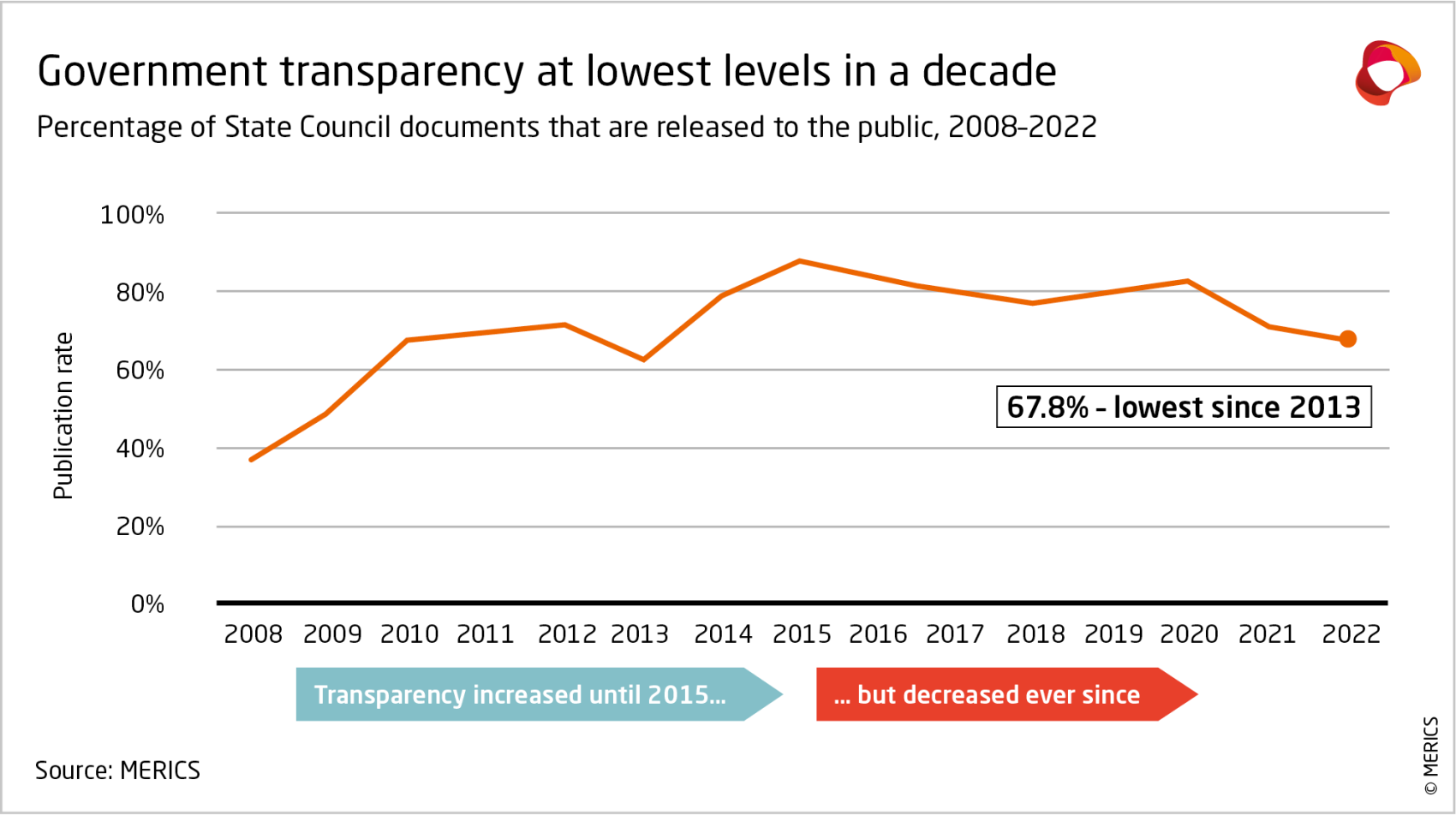
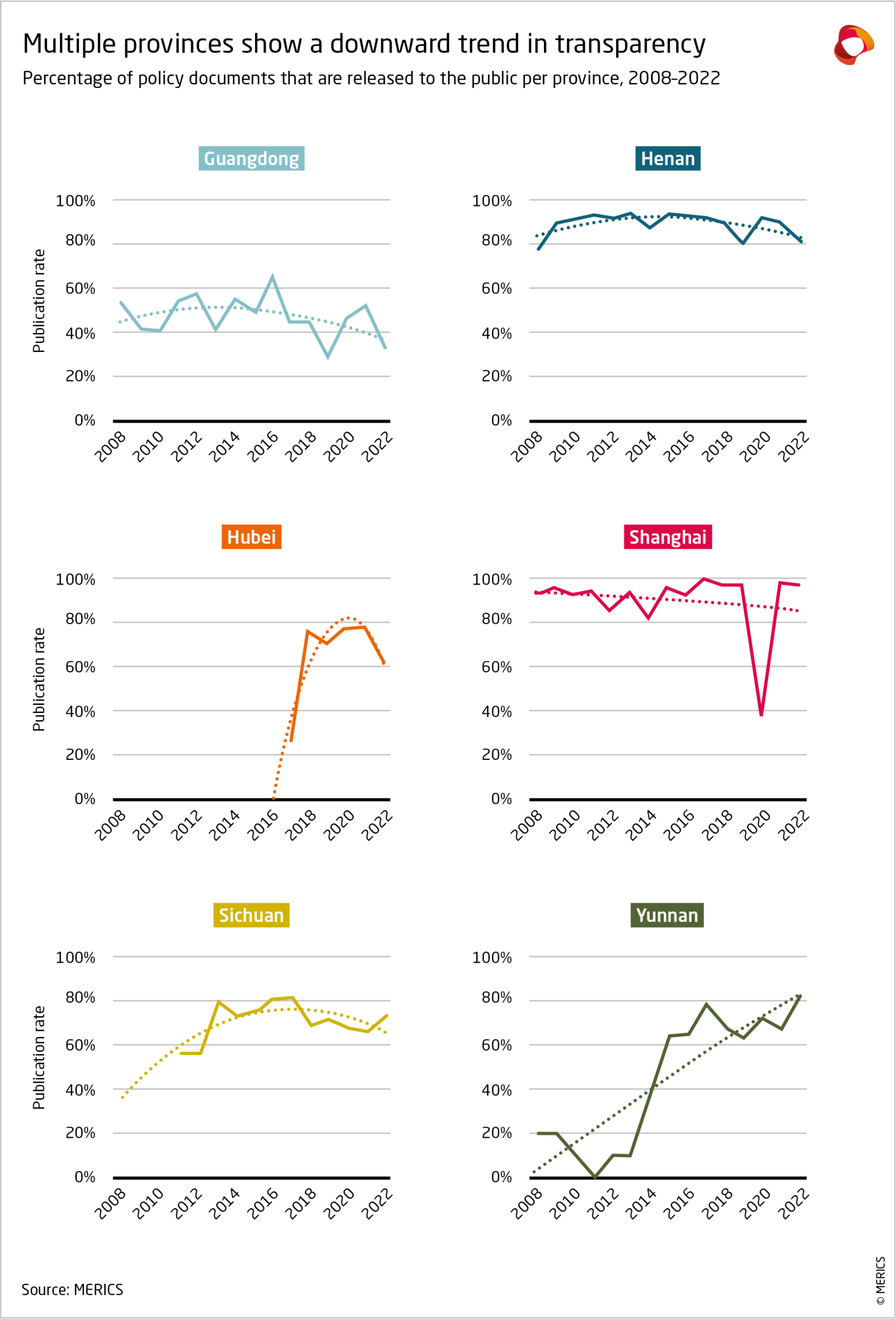
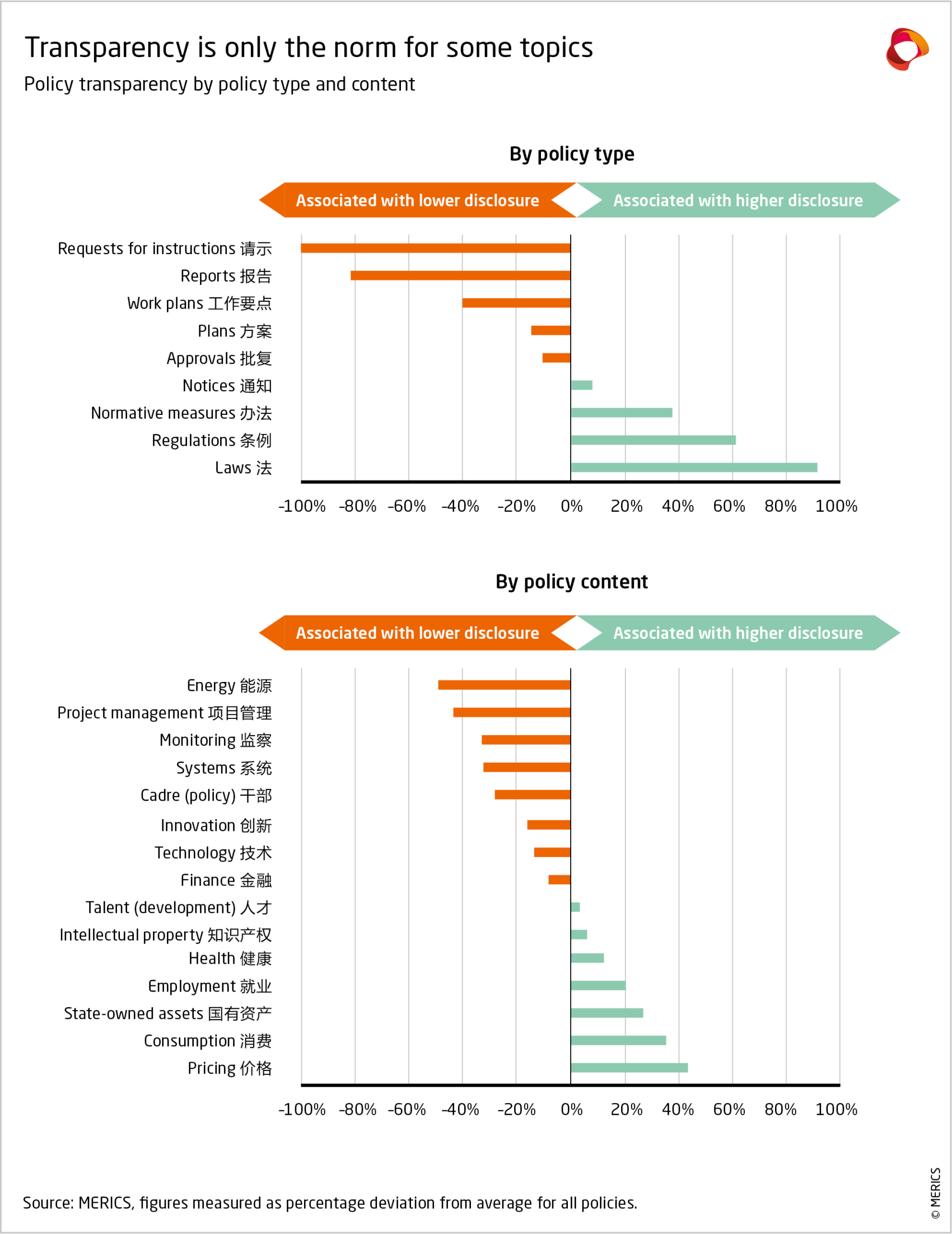
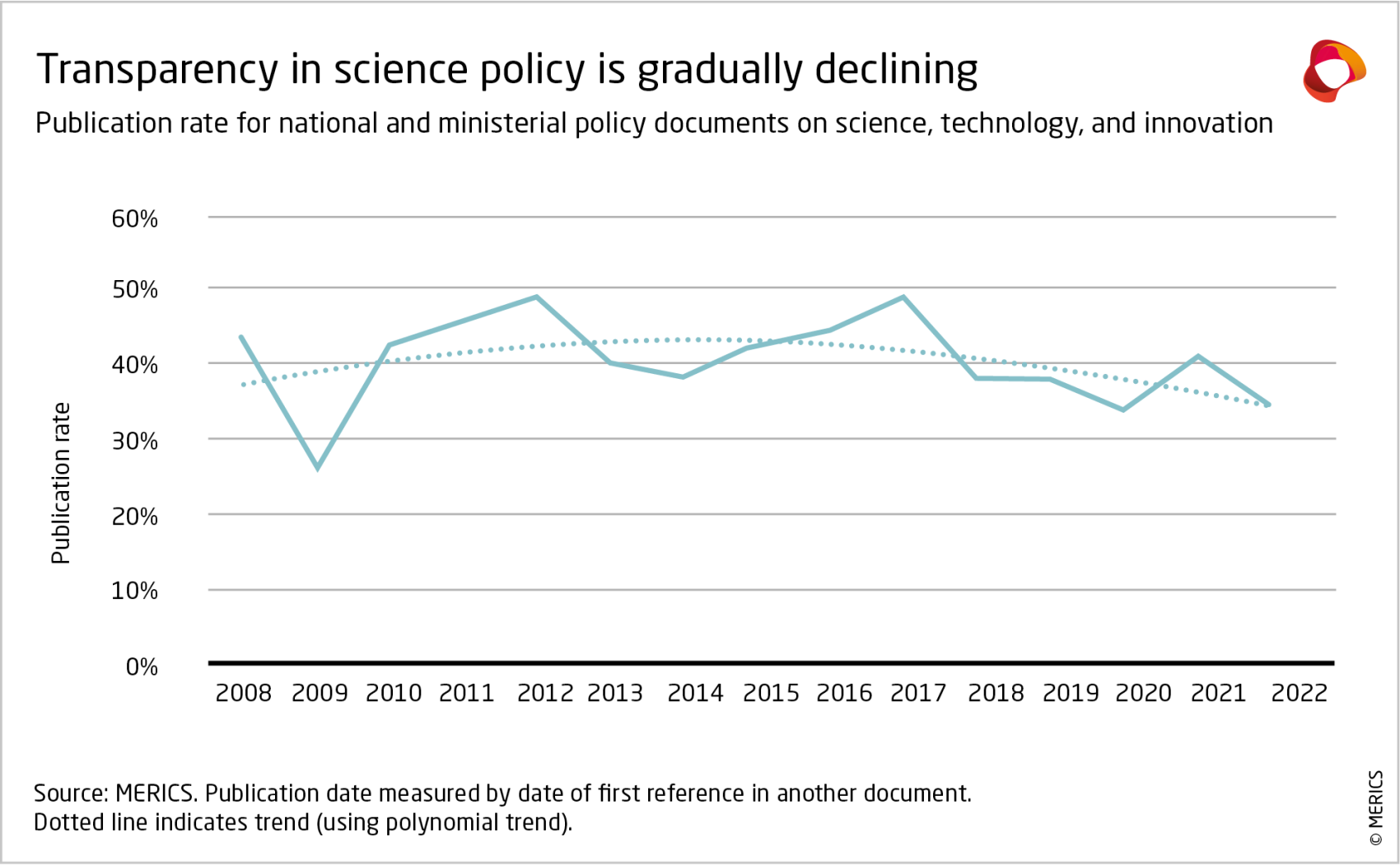
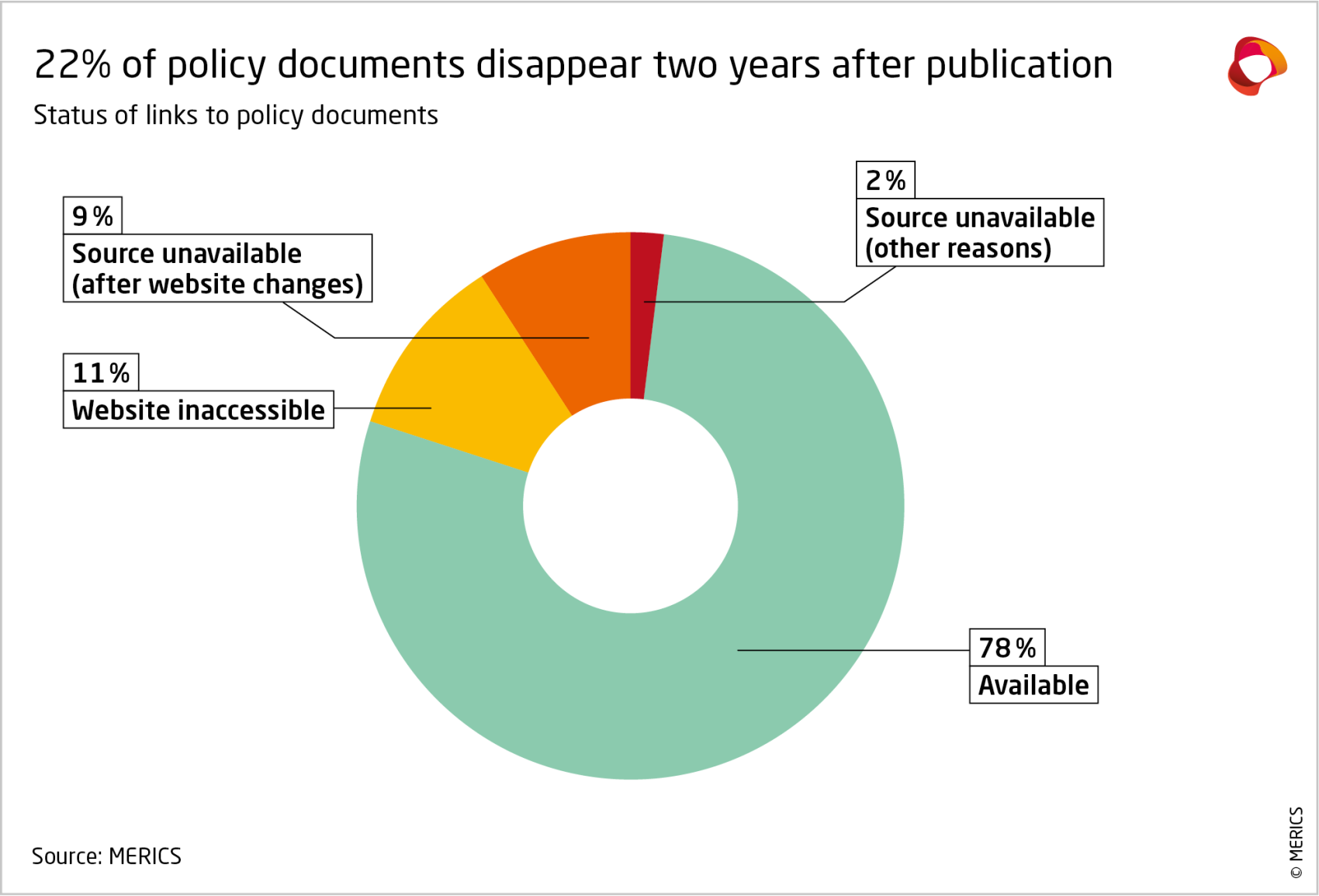
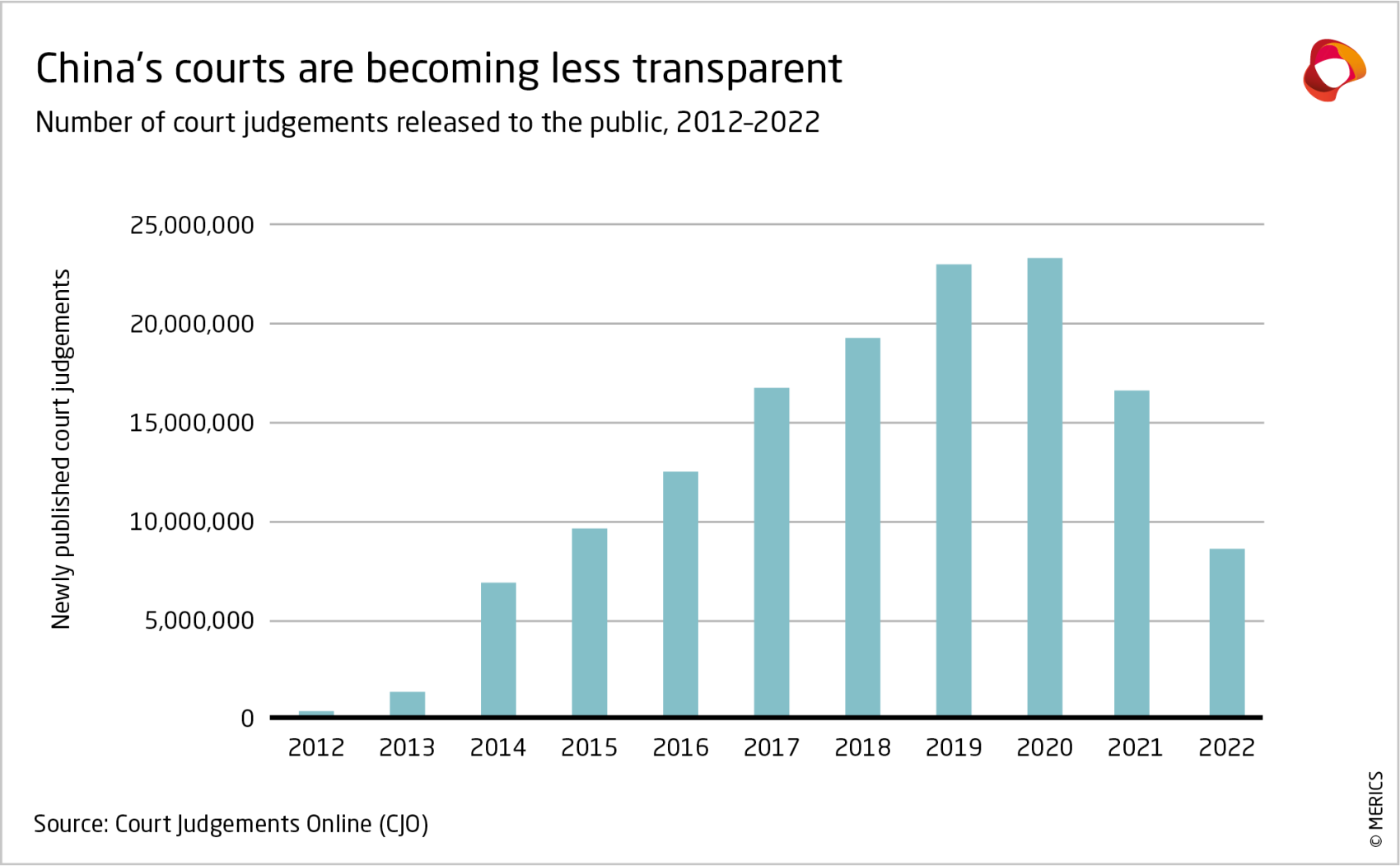
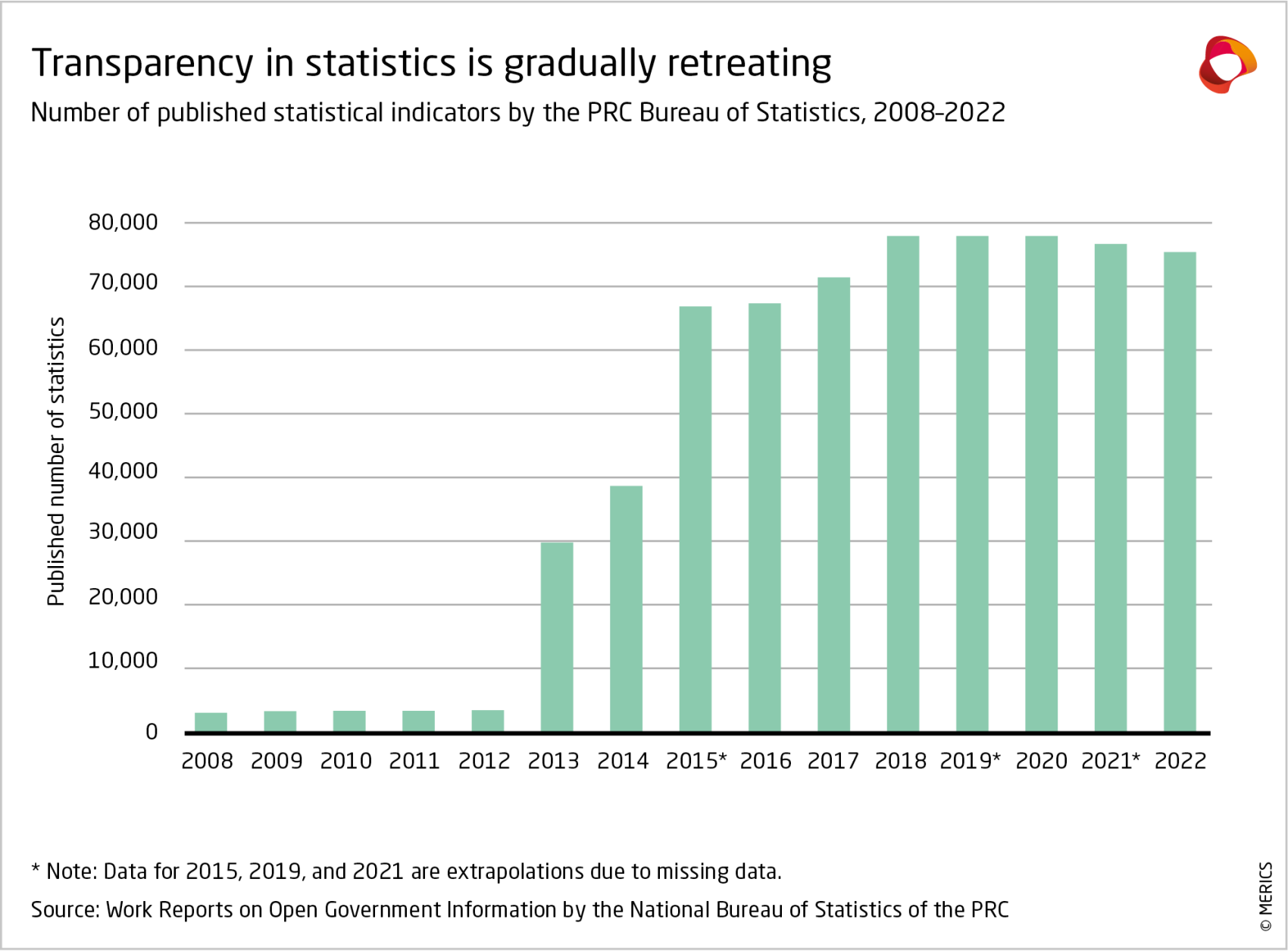
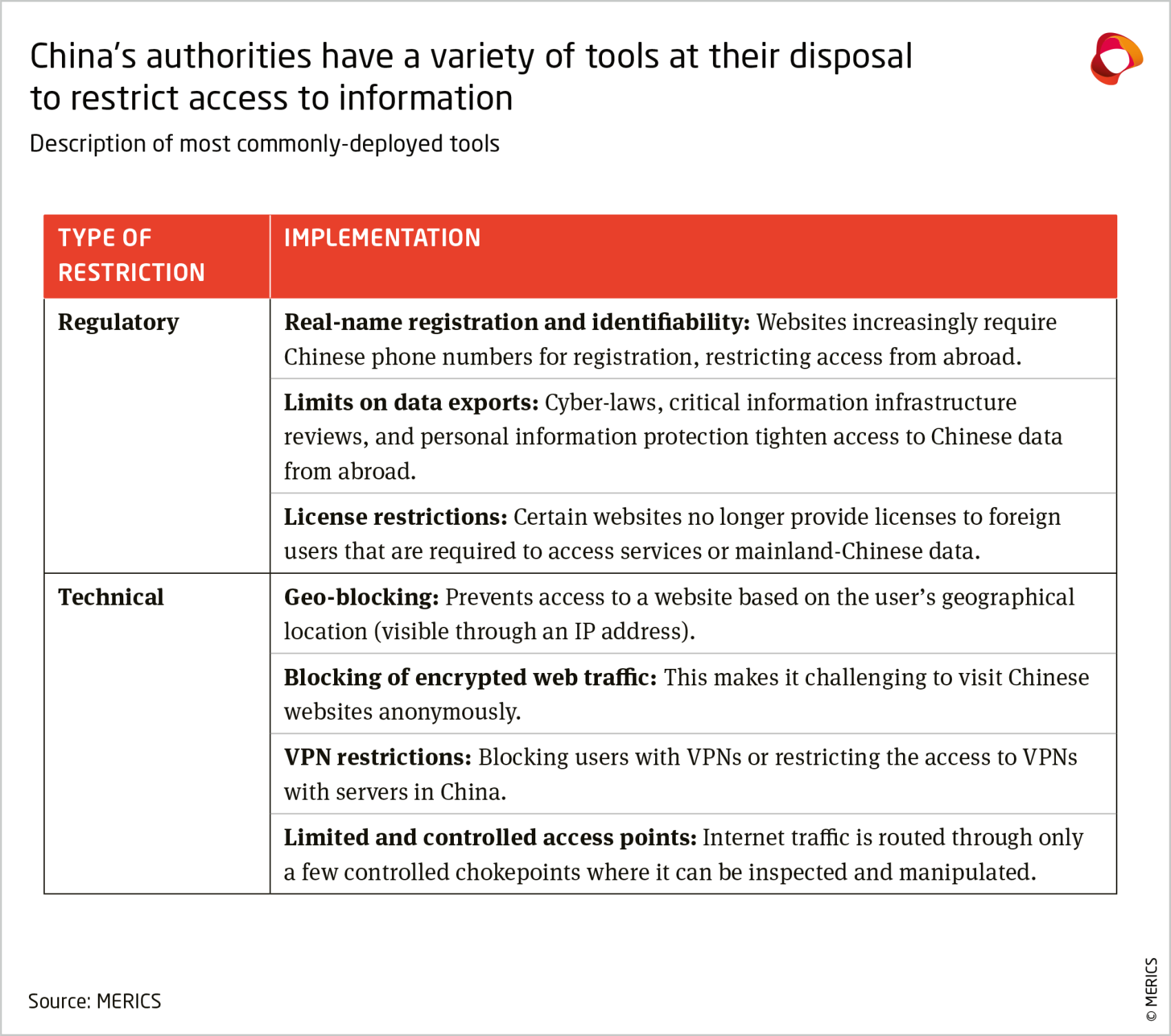
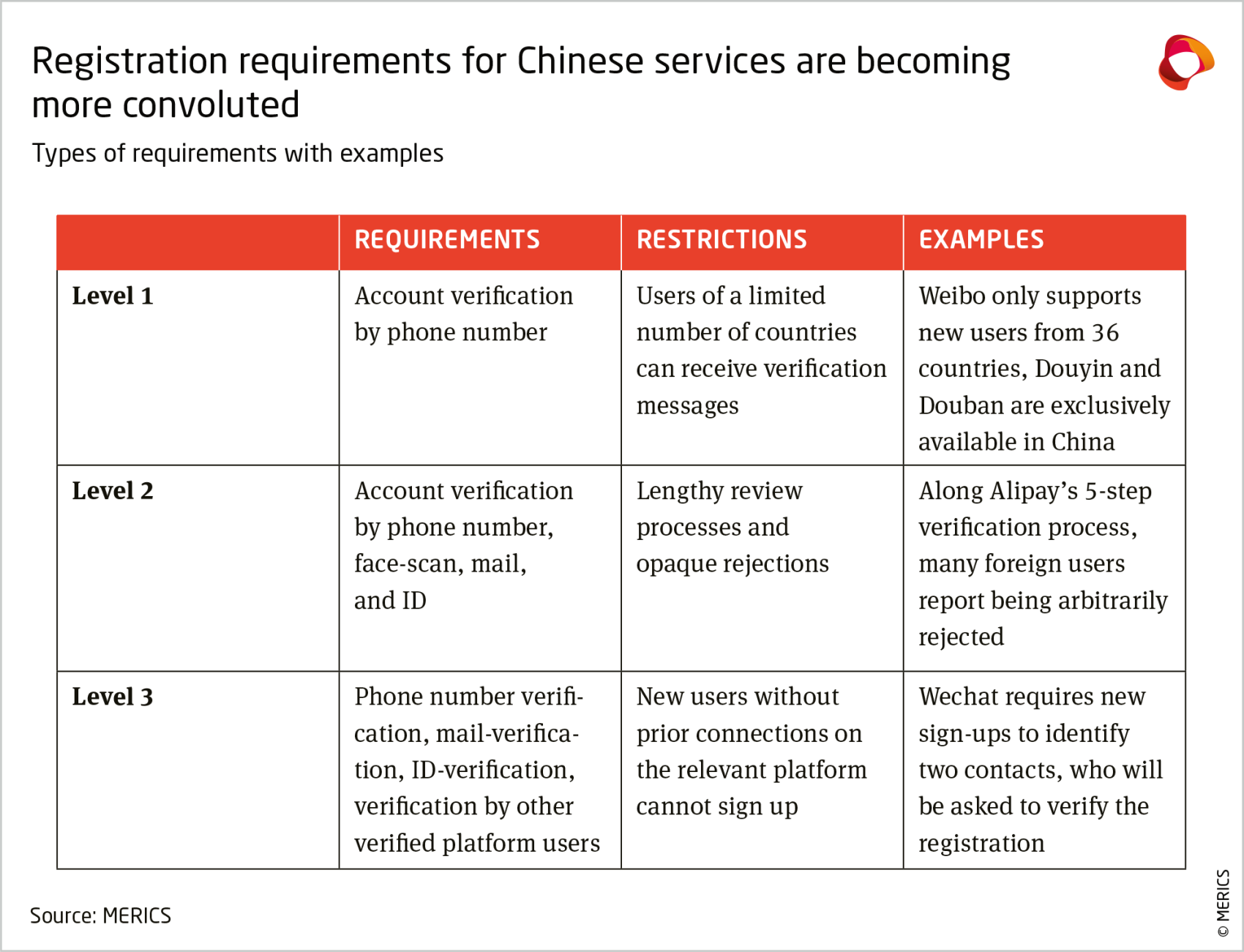
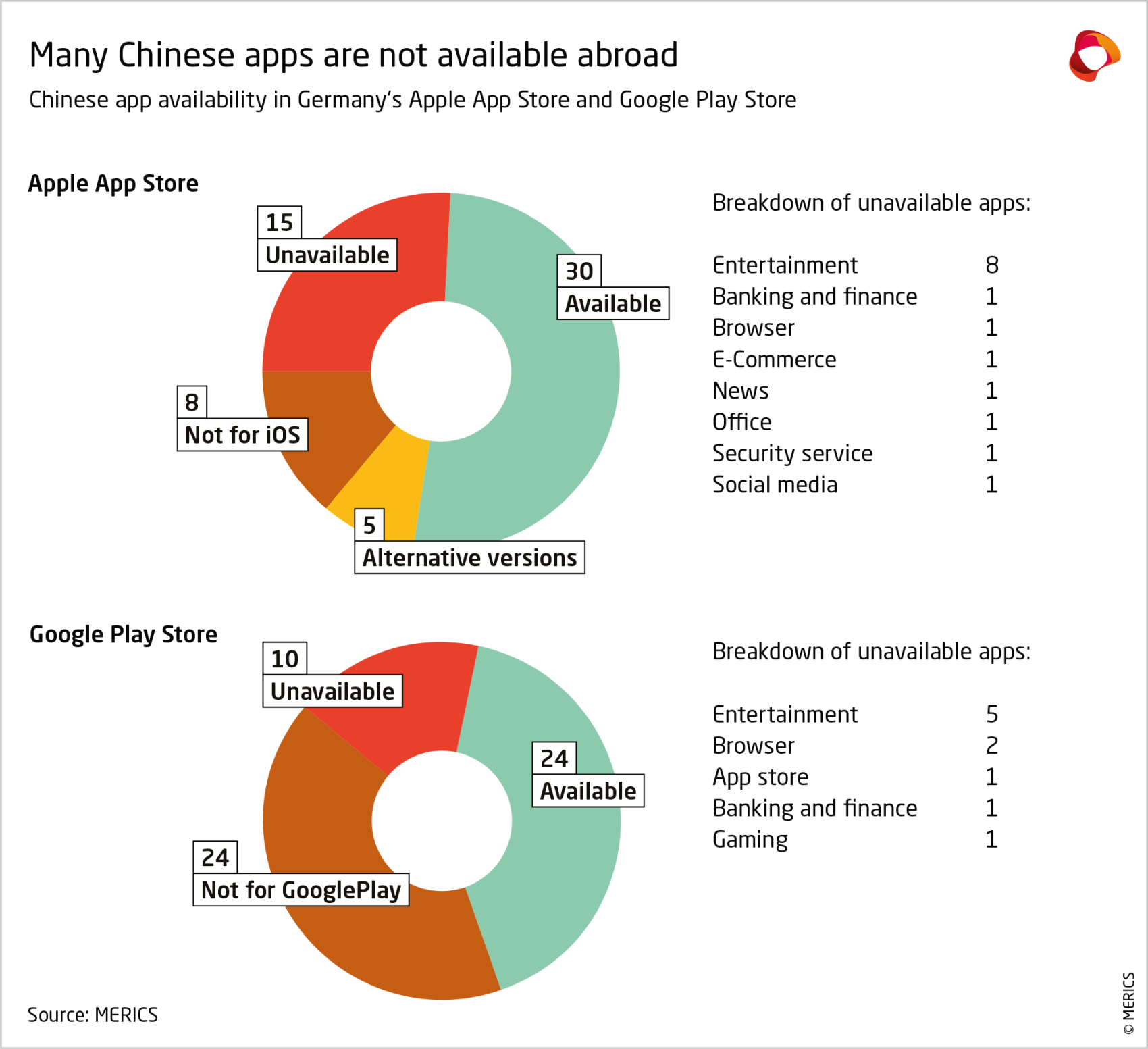
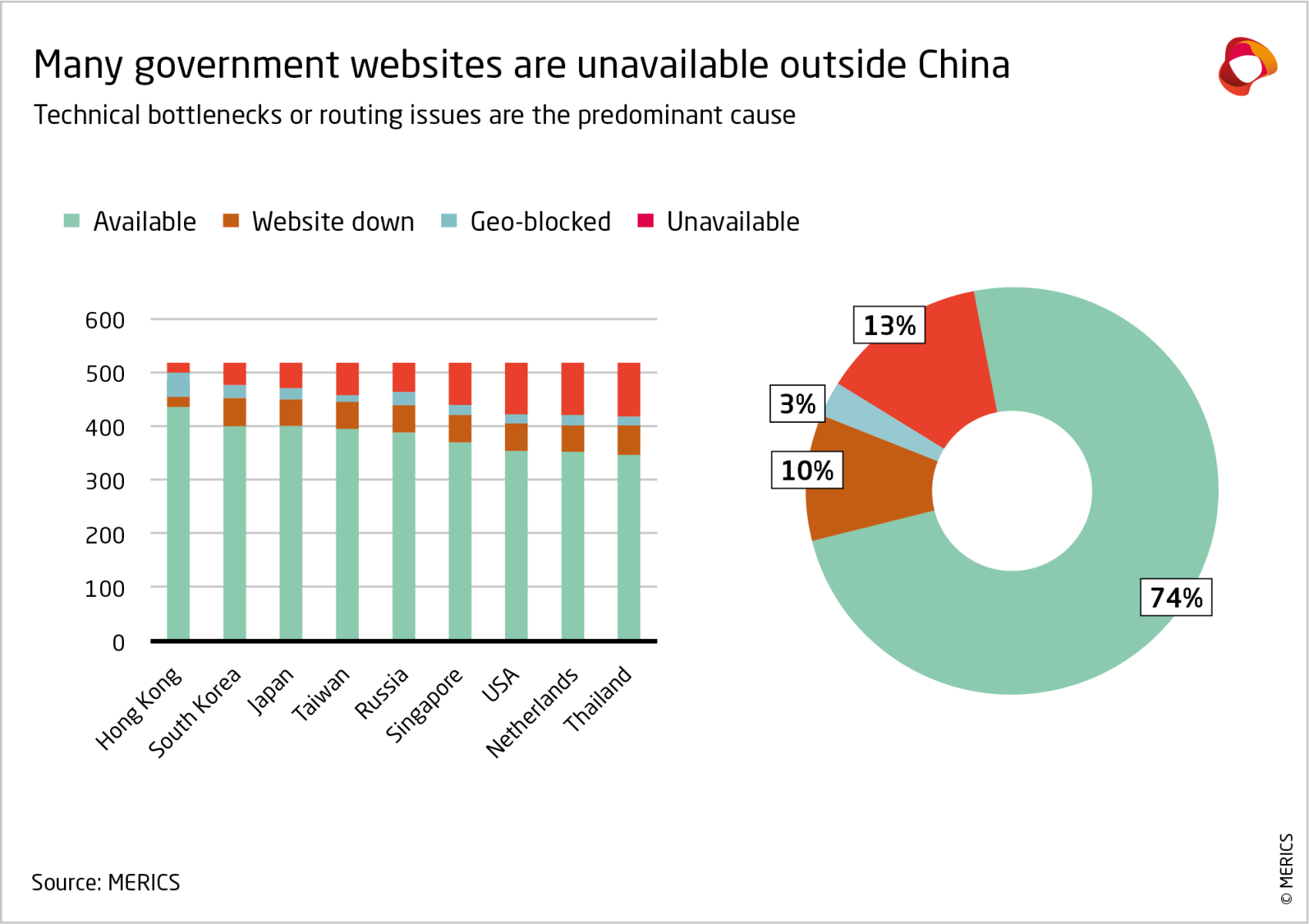
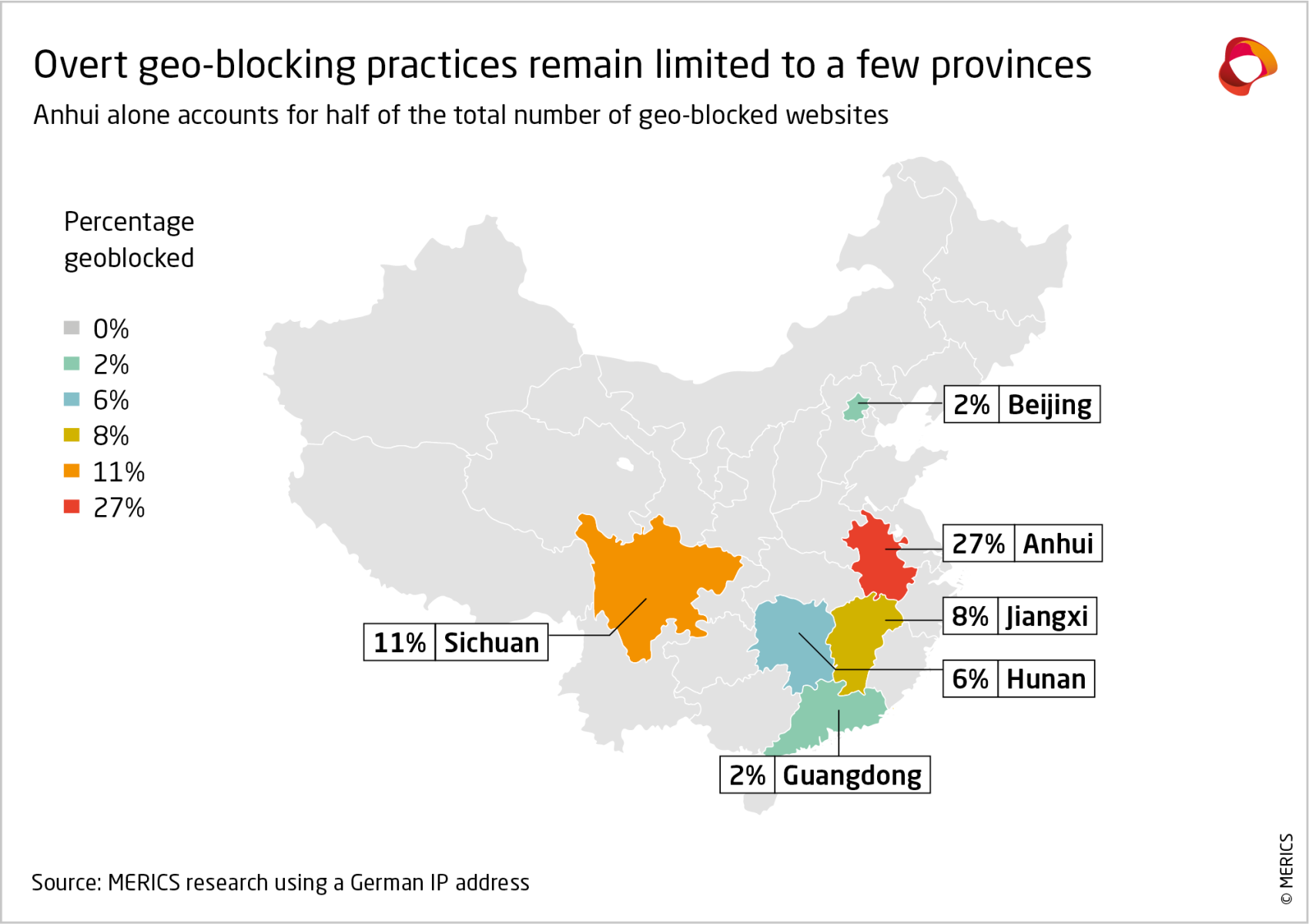
No comments:
Post a Comment